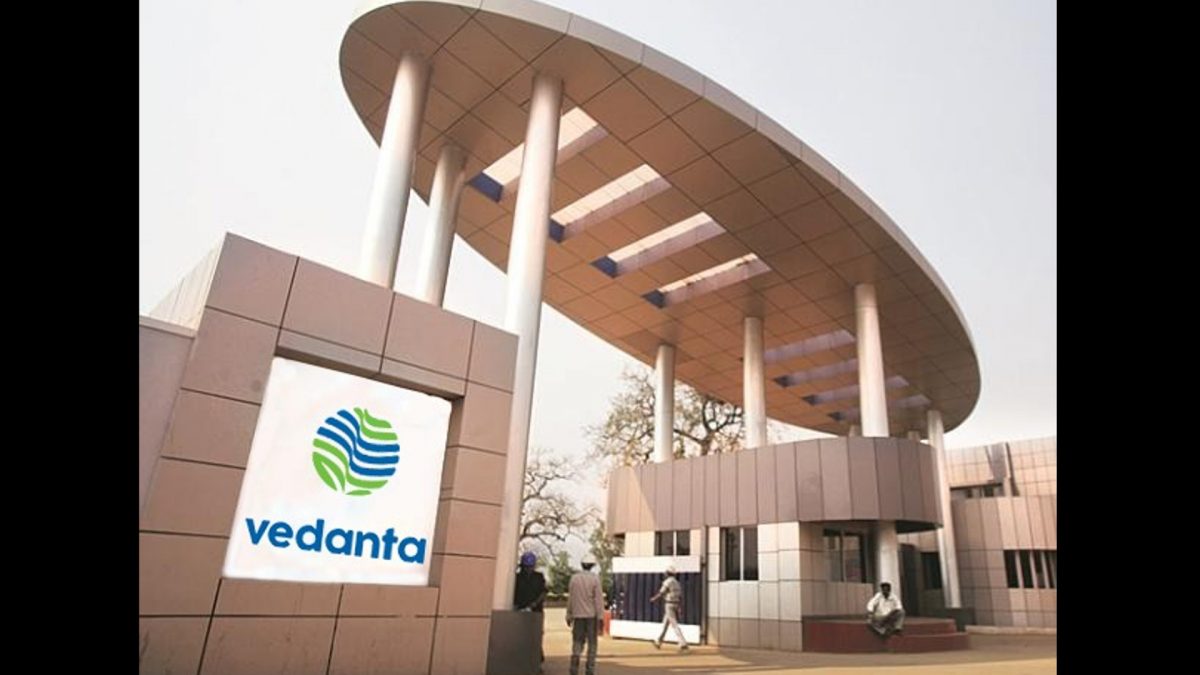Vedanta Aluminium has announced long-term sourcing of 380 MW of renewable energy for its aluminium smelters. Of this RE, 180 MW will be supplied to the smelter at Jharsuguda and 200 MW is marked for Bharat Aluminium Company BALCO.
The company has reached a Power Delivery Agreement (PDA) with Special Purpose Vehicles – affiliates of Sterlite Power Technologies Pvt Ltd. SPTPL is a company engaged in the business of supplying renewable power (hybrid) with solar, wind and storage solutions. Once online, this project has the potential to reduce Vedanta Aluminium’s GHG (greenhouse gas) emissions by ~ 15, 00,000 tonnes of CO2 equivalent annually.
Charting its roadmap to Net Zero by 2050, Vedanta Aluminium is working on a three pronged-approach to decarbonise its operations – increasing the quantum of renewable energy in its energy mix, bolstering operational efficiencies to reduce energy consumption and rapidly transitioning to cleaner fuels and technologies. Notably, the company was India’s largest industrial consumer of renewable energy in 2021, having procured nearly 2 billion units which was utilised in the production of Vedanta’s low carbon ‘green’ aluminium brand – ‘Restora’.
It is a strategic imperative for the company to reduce carbon emissions across every process stage. As a result of this unwavering focus, Vedanta Aluminium has reduced its GHG emissions intensity by 21% in FY21 while almost tripling its production, over FY12 baseline. The company is also a member of the prestigious Dow Jones Sustainability Index (DJSI) family and ranked 4th amongst global aluminium producers in 2021.
Rahul Sharma, CEO – Aluminium Business, Vedanta Ltd., said, “This 380 MW renewable energy power delivery agreement for our aluminium smelters stands true to our mission of aligning the incentives of growth with the imperatives for the planet. Our determination to build a Net Zero climate-resilient aluminium business is equally matched by our commitment to improve the quality of lives of those around us, with the knowledge that both are contingent on the environment. And therefore, we have redesigned our ESG (Environmental, Social & Governance) roadmap until 2030, with a focus on increasing renewable energy consumption, carbon reduction, water conservation and waste utilization.”
The term of the power delivery agreement is 25 years from the date of commissioning of the project. Built in a captive model, this will also aid in cost-effective sourcing of renewable energy and insulate the company from volatility in the commodities market.
